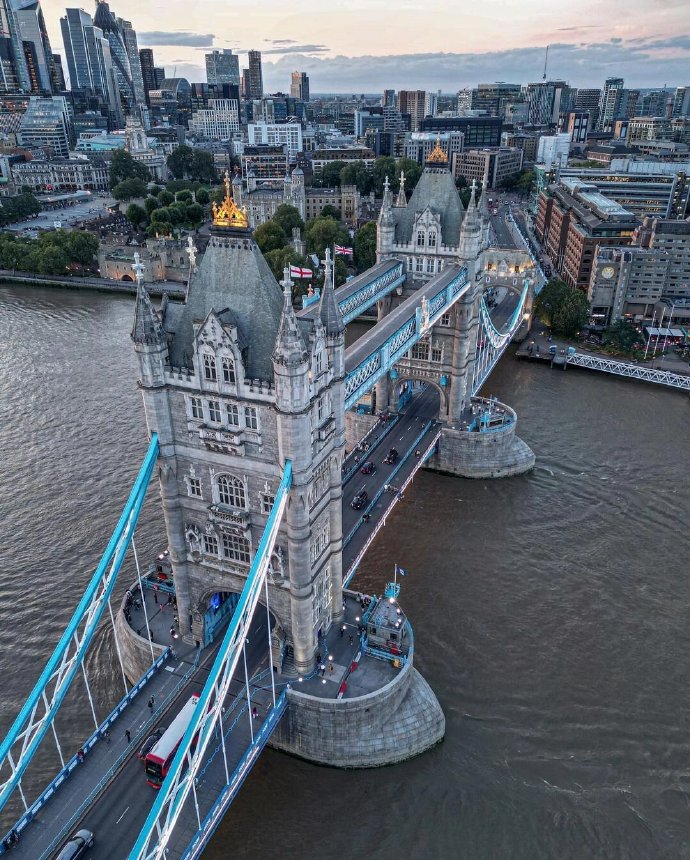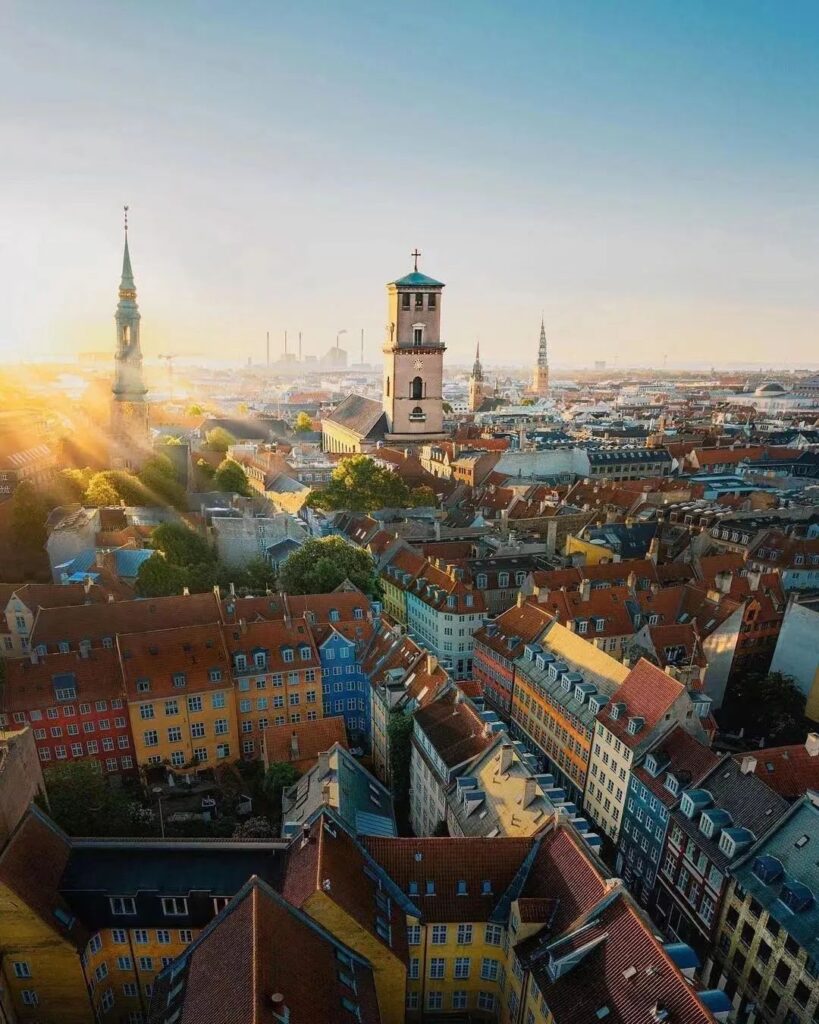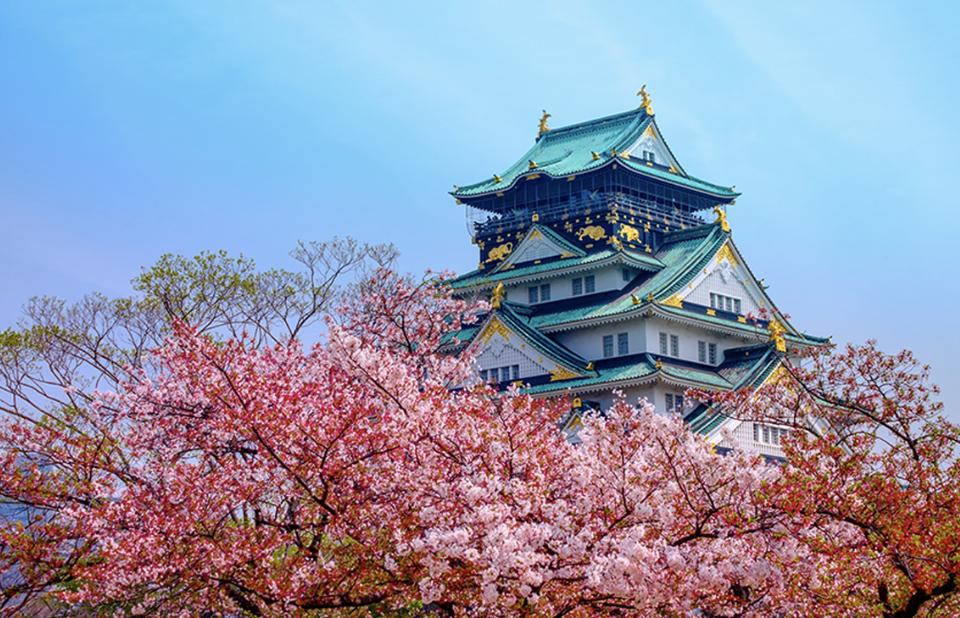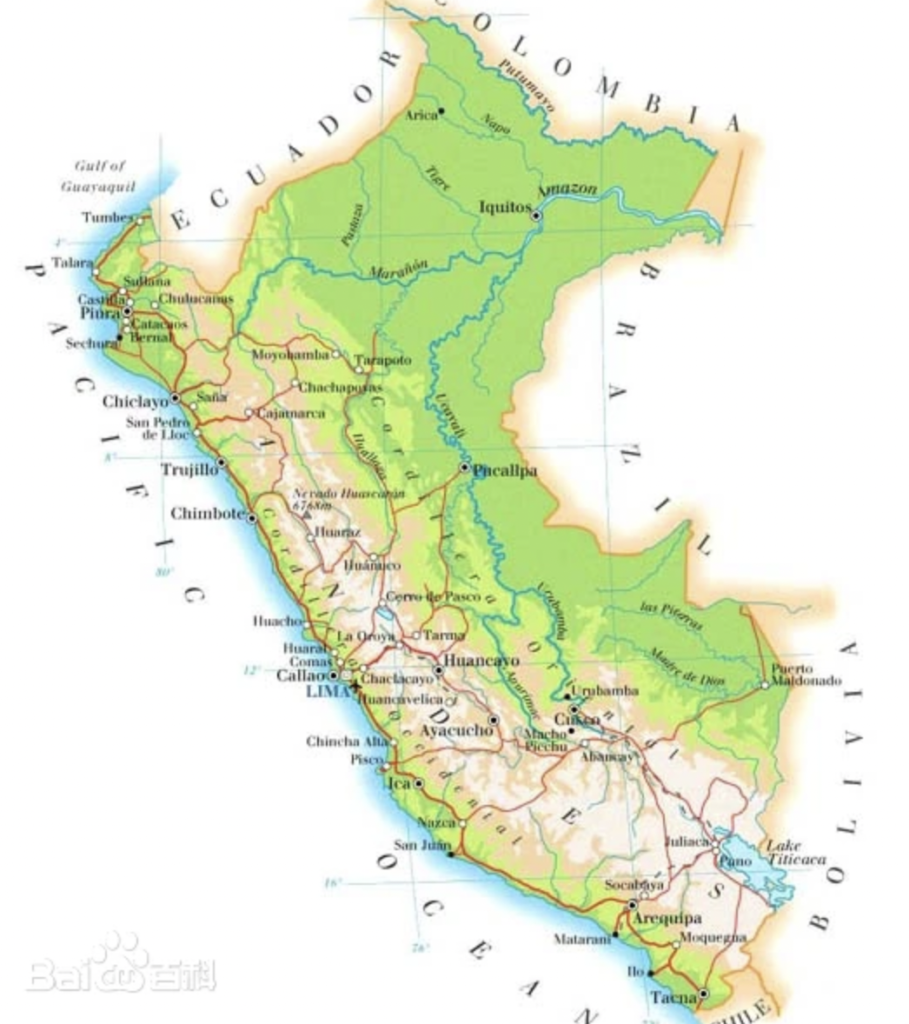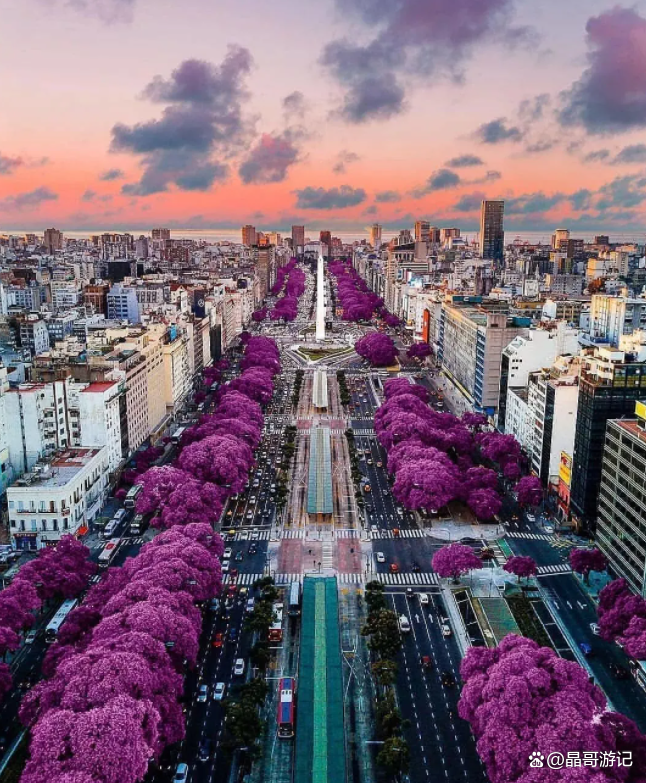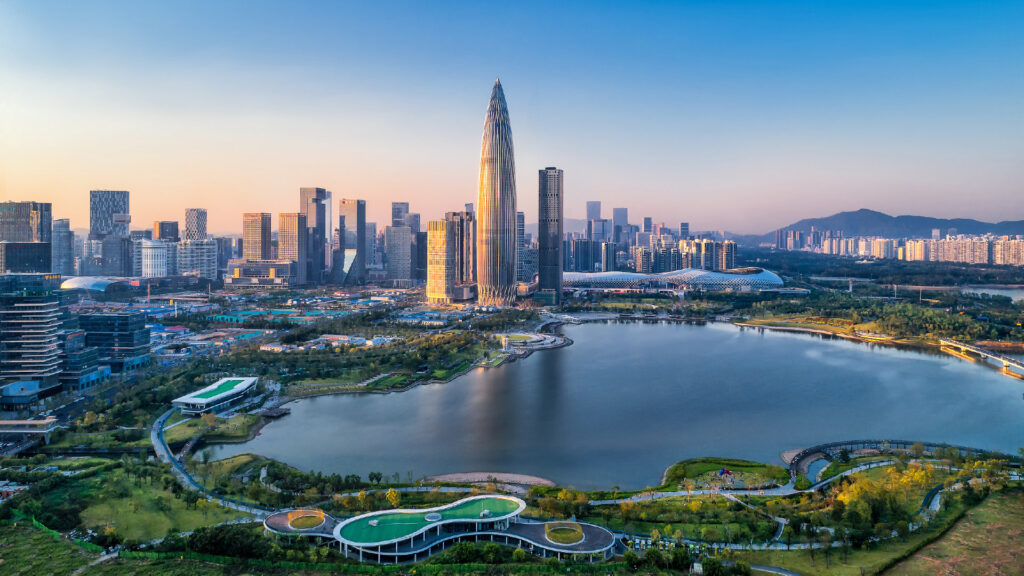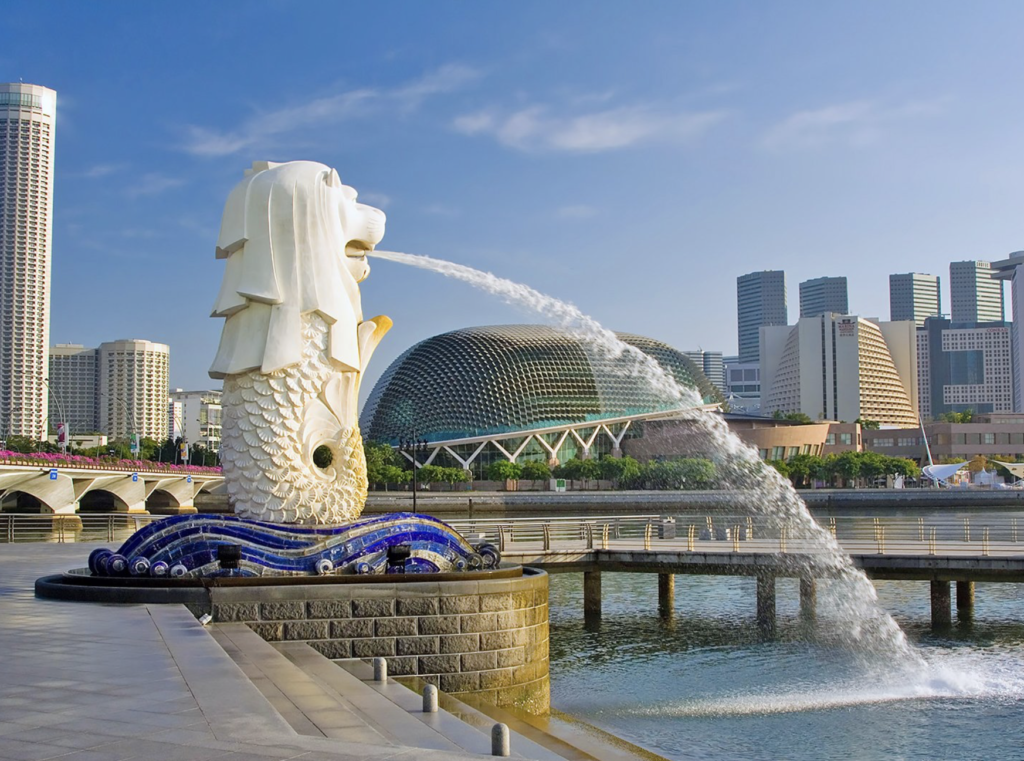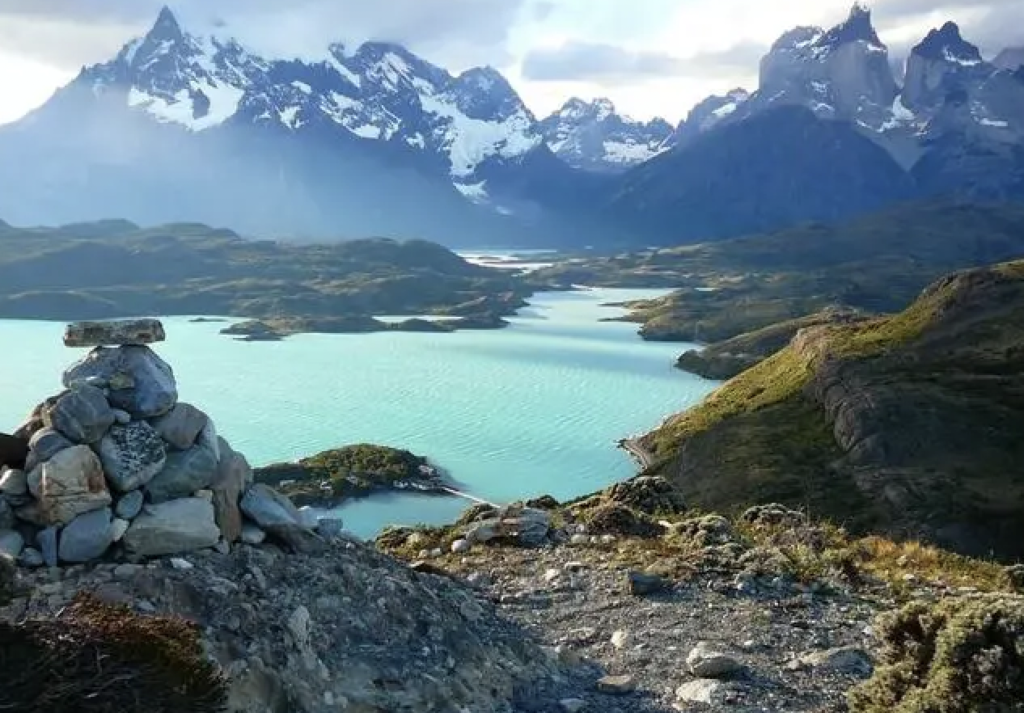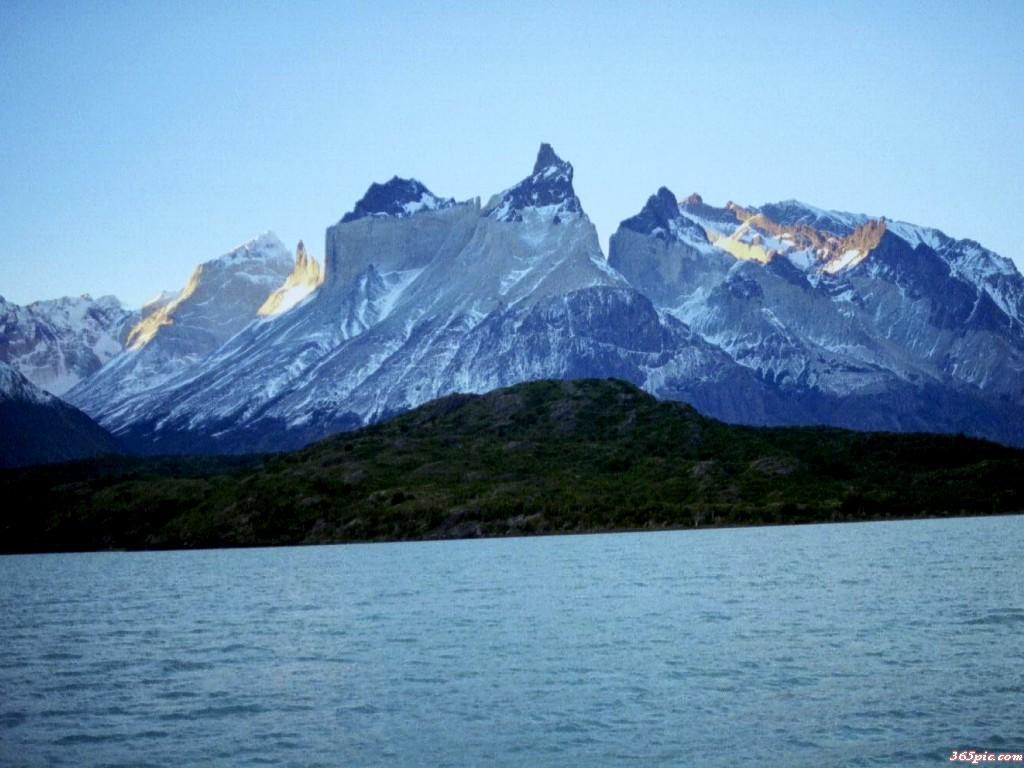London
London, the capital of the United Kingdom of Great Britain and Northern Ireland, is the political center of the UK and has the highest number of museums, libraries, cinemas, theaters, sports venues, and five-star hotels in the world. There are 19 Fortune Global 500 headquarters and 7 of the top 100 universities in the world located in London. University College London ranks 8th in the world, Imperial College London ranks 9th in the world, London School of Economics ranks 27th in the world, and King’s College London ranks 33rd in the world. One of the world’s financial centers. In December 2022, London ranked first in the world for the eleventh consecutive year in the World Urban Comprehensive Strength Index (GPCI) released by the Japan Forest Memorial Foundation. In the 2023 Global City Rankings released by international consulting firms, London ranks first in the world. In 2022, London ranked second in the world in the Colney Global Urban Strength Index. In November 2020, London was ranked first in the world’s first tier cities at the Alpha++level by GaWC. On Forbes Global City Influence Ranking, London is the most influential city in the world, and it has defeated New York to be elected as the world’s largest wealth center. In 2019, the World Tourism Cities Federation released the 2019 World Tourism City Development Rankings, and London was selected as the world’s most well-known city.
